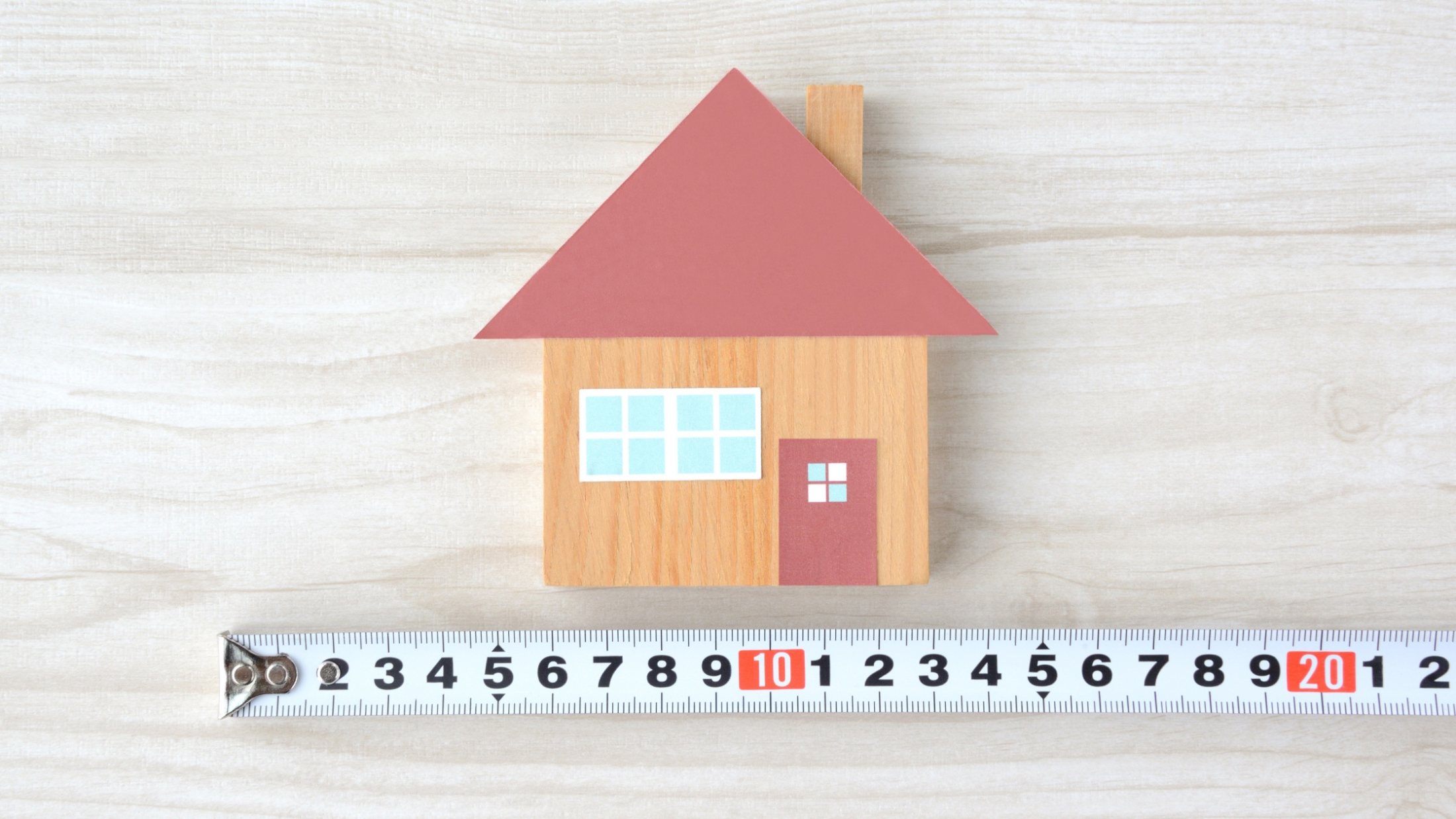Avoiding surprises, setting the right expectations, and protecting your investment
One of the most common surprises we encounter when helping homeowners prepare to sell is this: the house isn’t quite as big as they thought it was.
It’s easy to understand why. Over the years, families add extensions, finish basements, or simply rely on old paperwork or MPAC assessments that seem to give an accurate number. But when it comes time to list, buyers—and their agents—are looking for reliable, apples-to-apples comparisons. That means accurate square footage is not just a bonus; it's critical.
The problem with inaccurate square footage
Many sellers are surprised to learn that the square footage reported by MPAC (Municipal Property Assessment Corporation) isn’t always correct. Why? Because MPAC measures homes from the outside and includes things like:
Open-to-below spaces
Areas with limited headroom or no usable floor area
Three-season additions or porches that aren’t suitable for year-round living
As a result, MPAC values can inflate a home’s actual living space, sometimes by a significant amount.
This can cause two major problems:
Pricing errors: Square footage plays a huge role in determining market value. If your home is listed as being larger than it really is, buyers may balk when they discover the truth—or worse, you could face price reductions or deal fallout during the conditional period.
Liability for sellers and agents: Listing inaccurate square footage can expose both the seller and the REALTOR® to potential legal claims after the sale.
What’s changing in Ontario real estate?
Historically, the integration of square footage into MLS® listings across Ontario has been inconsistent. Some real estate boards required it; others didn’t. And even among boards that did, there was no standardized way of measuring.
To help correct that, ITSO (Information Technology Systems Ontario) is now recommending the Residential Measurement Standard (RMS)—a professional, consistent way of measuring residential properties that has already been adopted in Alberta. RMS ensures:
Above-grade spaces are clearly separated from below-grade spaces
Areas are only included if they meet specific ceiling height and usability standards
Everyone is using the same rules to report square footage
Although the use of RMS is not mandatory, the square footage field in the MLS® system is, and as a REALTOR®, I’m committed to using the most accurate and transparent methods available.
Why this matters to you as a Seller
If you’re planning to sell, it’s worth having your home measured properly—especially if you're unsure whether old blueprints or MPAC figures are accurate. Knowing the real square footage:
Helps Buyers compare your home fairly to others
Prevents disappointment during showings or home inspections
Supports a realistic and well-informed pricing strategy
Demonstrates professionalism and builds trust
My advice? Don’t guess—measure.
When I list a home, I want to ensure we’re putting our best foot forward and eliminating surprises before they happen. That starts with knowing what we’re selling—accurately. Whether you’ve lived in your home for decades or just a few years, it's always worth verifying your measurements.
If you're thinking about selling and you're not sure where to start, let’s talk. I can walk you through all the steps to prepare your home for a successful sale.
